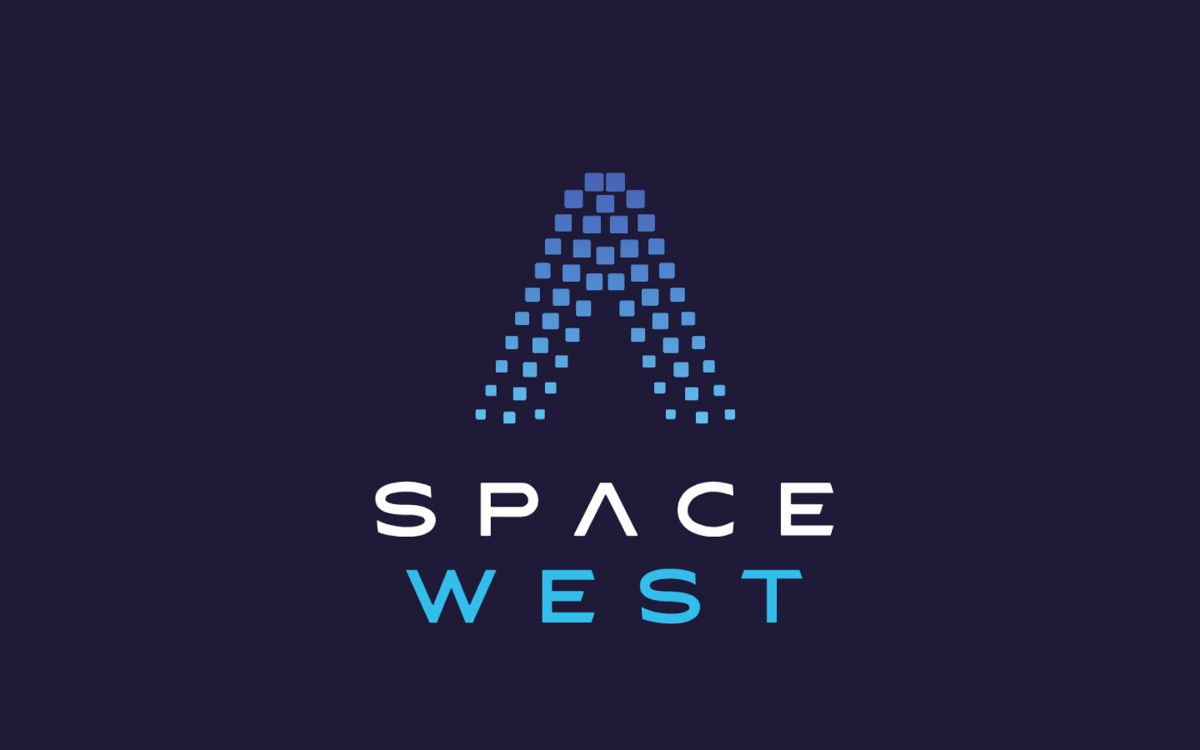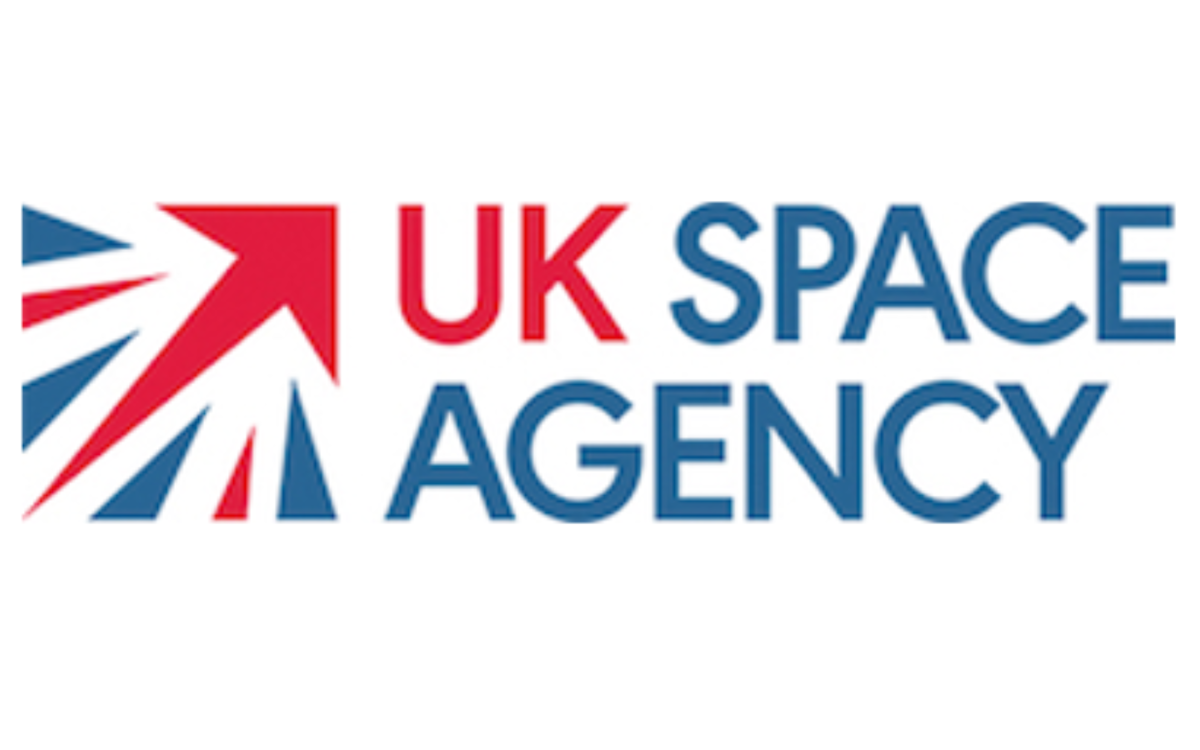
Space West Newsletter
News from the cluster
Welcome to the latest edition of our Space West Newsletter. We're dedicated to delivering space-related news, updates, and knowledge. With each newsletter, we aim to keep you informed about the most recent discoveries, advancements, and stories from the world of Space in the South West.
About Space West
Space West is a regional consortium of academic and industry partners designed to accelerate growth and innovation in the space sector within the region and nationally. The Space West programme hosted by the National Composites Centre, in partnership with West of England Combined Authority, the Centre for Modelling and Simulation, the University of Bath, the University of Bristol and the University of the West of England.

Space West’s South West Space Tech Challenge launches with a bang!
The South West Space Tech Challenge, delivered in partnership with Deloitte and Cornwall Space Cluster launched earlier this month with a fantastic workshop with a Deep Dive into some of the problems our challenge setters were facing and an Innovation Carousel that allowed innovators the opportunity to discuss 1:1 how their solutions might solve challenges in the ‘Climate and Nature Risk’ and ‘Offshore Wind’ space.
The Challenge setters were blown away by the innovations and said that they could see impacts from the programme and innovations that went across their organisations. The South West Space Tech challenge will now see Deloitte working with innovators to evolve their solutions and finish with a pitch event in late March, with the anticipation that collaborative proposals will be developed targeted at ESA Space Solutions funding.
Thanks to Foot Anstey for hosting us and Deloitte for all their hard work bringing it together!

New realistic computer model will help robots collect Moon dust
A new computer model mimics Moon dust so well that it could lead to smoother and safer Lunar robot teleoperations.
The tool, developed by researchers at the University of Bristol and based at the Bristol Robotics Laboratory, could be used to train astronauts ahead of Lunar missions.
Working with their industry partner, Thales Alenia Space in the UK, who has specific interest in creating working robotic systems for space applications, the team investigated a virtual version of regolith, another name for Moon dust.
Lunar regolith is of particular interest for the upcoming Lunar exploration missions planned over the next decade. From it, scientists can potentially extract valuable resources such as oxygen, rocket fuel or construction materials, to support a long-term presence on the Moon.
To collect regolith, remotely operated robots emerge as a practical choice due to their lower risks and costs compared to human spaceflight. However, operating robots over these large distances introduces large delays into the system, which make them more difficult to control.
Now that the team know this simulation behaves similarly to reality, they can use it to mirror operating a robot on the Moon. This approach allows operators to control the robot without delays, providing a smoother and more efficient experience. Read more here

ESA Basics - An introduction to working with the European Space Agency
Space West was delighted to welcome back ESA’s Gertrud Talvik to help our business learn more about how to do business with ESA. Becky Huffee, Space West Regional Cluster Manager was particularly struck by the opportunities for UK business and academia, in areas where the UK holds a GEO Return Deficit.
The workshop also had presentations from CGI, Thales Alenia Space and iCOMAT to provide and industrial perspective of working with ESA, thanks to Allan Pascoe, Kelly Instrell and Rony Seamons for your insights. Top tips from these presentations is to understand that ESA is an expert customer and it is extremely important to build relationships with the Technical Officers. In addition to this Grant Day, ESA’s South West Regional Ambassador outlined support that he can provide around the Space Solutions programme.
Space West hope to use these materials alongside those from the ESA Bid writing workshops to deliver some more regular sessions to our businesses to give them an overview of how they can work with ESA. This workshop was delivered in partnership with UK Space Agency and ESA.

Spotlight on Stellarsat
Stellarsat is an AI focused business with expertise in building disruptive climate risk assessment software applications. Our particular interest is in enabling decision makers leverage earth observation (EO) data in minimising climate risks and allocating resources optimally.
Conditron – our inaugural software offering and with support from the UK Space Agency and Otaski Energy Services Ltd is being developed to address the foregoing. First, Conditron aims to predict and measure the impacts of physical risks induced by climatic factors. This proactive assessment empowers asset managers to gauge the likelihood and severity of impairment risks, facilitating effective risk management strategies. Second, Conditron supports the delineation of strategic critical infrastructure into modular blocks, each consisting of unique assets. This modular approach facilitates a granular assessment of physical risks, enabling asset managers to comprehensively understand the vulnerabilities and exposure of individual assets.

Additionally, Conditron incorporates spatial factors into physical risk assessments, recognizing the geospatial variation of climate-related risks. By comprehending the nuances of physical risks across different locations, decision-makers can optimize the deployment, management, and maintenance of critical infrastructure assets. This spatial perspective enables asset managers to identify areas with lower risk exposure, allowing for strategic placement of assets and maximizing their utility and reliability.
Stellarsat will deploy Conditron across a number of fields – critical infrastructure asset management (energy, transport, water), healthcare (wearables), and resource optimisation and allocation (planning rescue missions under adverse weather conditions) to demonstrate its utility to individuals and businesses as well as across varied domains.
We are always open to collaborations and partnerships that can further our impact and look forward to hearing from you

Research in Focus
The Space West Region hosts three world class universities, as well as multiple Research Technology Organisations. Through these newsletters we will share highlights of the remarkable research taking place in these prestigious institutions. All three universities hold Impact Acceleration Accounts which are designed to help universities translate research to real-world impact. If you are interested in collaborating with a university, Space West can connect you to the right support.
The Computational Imaging Group led by Professor Alin Achim at the University of Bristol conducts state-of-the-art research in synthetic aperture radar (SAR) image formation and analysis for Earth Observation. Specific contributions include (i) devising methods for solving inverse imaging problems including speckle noise mitigation, image formation, and autofocusing; (ii) statistical modelling of the radar cross-section, for applications such as SAR image filtering or as part of a framework for river extraction using super-pixel-based segmentation, (iii) detection of lines in speckle images and application to the problem of detecting and identifying ship wakes in SAR images of the sea surface; and iv) combining model-based approaches with data-driven deep learning for detecting ground deformation in built areas.
Of particular note for the group’s recent contributions is the AssenSAR project, which focused on the development of hydrological models of the sea surface and their validation using parameters extracted directly from real SAR images, with the ultimate goal of detecting and tracking illegal vessels. The highlight of AssenSAR is the development of an AI system for ship identification that uses simulated images of the sea surface together with automatically detected ships and their wakes to identify vessels with state-of-the-art accuracy. This type of image analysis forms part of a portfolio of expertise available at Bristol, relating to image simulation, deep learning, wave modelling, image formation, and object detection in both land and sea applications.

Example real (top) vs simulated (bottom) SAR images of ships and their wakes.

Opportunities
UK Space Agency Call for Proposal £15M available. The UK Space Agency is now requesting proposals for Science Experiments and Technology Demonstrators that could be flown to the ISS in late 2025. Demonstrators must be designed, developed, built, and qualified by the project team.

Run by the Defence and Security Accelerator (DASA) aims to inspire companies to win new business, develop industrial capabilities, and provide new cutting-edge answers to defence problems at home and abroad, ensuring the UK expands its competitive, pioneering and world-class defence and security industries. The £16 million programme is designed to support small and medium-sized enterprises (SMEs) across the UK to develop innovative materials, technologies and processes, and to enhance defence supply chains. If you want to chat with someone in DASA about this opportunity, please submit an enquiry from the DASA 'contact us' web page.

UK Space Agency is making available up to £1.7 million available under this fund between now and 31 March 2025. This will be a competitive process in which the UK Space Agency expects to award grants in the region of £250,000 to £500,0000.
The of this funding is to:
- fund new training programmes, courses, and learning opportunities that directly address short to medium term skills needs in the space sector that are not currently being met
- encourage people already in employment in other sectors to access training that will enable them to convert into a UK space sector career
- catalyse new training interventions to address the acute mid-careers skills issues the sector faces
- The funding available can cover all associated costs related to training interventions, including course design and delivery costs, and course attendance fees.

ESA is seeking promising business ideas for new service concepts that empowered by Moonlight’s lunar communication and navigation services and address the needs of final customers in the lunar environment or down on earth, as well as related short term business opportunities.

West of England Combine Authority are supporting businesses in the region to explore the benefits from the implementation of digital technologies. Providing access to grant funding, bespoke expertise and guidance for your business as well as skills and training.

A notice of a key ESA Space Solutions theme for 2024: Commercial Applications of Space-Enabled Robotics
This funding is looking to combine some of the breakthroughs in robotics (enhanced autonomy, dexterity, and interaction capabilities) with parallel advancements in the space sector meaning that satellite technologies now have the capability to enable novel services utilising robotics.
There will be 6 sub-theme dates through 2024:
- Smart Cities and Infrastructure: 1st March 2024 – 1st May 2024
- Transportation and Logistics 1st April 2024 – 1st June 2024
- Energy and Utilities: 1st May 2024 – 1st July 2024
- Health and Safety: 1st June 2024 – 1st September 2024
- Maritime: 1st September 2024 – 1st November 2024
- Agriculture: 1st October 2024 – 1st December 2024

UK registered businesses can apply for a share of up to £5 million for collaborative projects to develop innovative solutions in environmental monitoring. This funding is from Innovate UK and Defra.

Events
SPACEtalks is dynamic conference dedicated to driving commercial advancements in the space sector.
Bringing together the brightest minds in the industry and uniting visionaries, government experts, and industry professionals to deliver compelling presentations and engage in transformative discussions on space technology and the future of the industry.
Rebecca Huffee, Space West Cluster Manager will joining space cluster leads including Louise Butt, Space South Centre, Peter Guthrie, Space Hub Sutherland, Gemma W., Harwell Science and Innovation Campus on a panel titled:
‘Expanding the Space Frontier: Nurturing Regional Growth in the UK Space Industry’
- Date: Tuesday 26 March
- Time: 12:35 - 13:15
The session will delve into opportunities driving UK space industry growth and the vital role of collaborative ecosystems in fostering the UK space industry through necessary partnerships for sustainability.
Together, the panel will explore how to drive UK space progress through innovation and skill development, promoting education, attracting investment, and propelling technological advancements across diverse regions.
Don't miss out on insights from industry experts!

Space West is delighted to be hosting, John Abbot's of the Satellite Applications. This visit signifies an invaluable opportunity John him to acquaint himself with the region's landscape, as well as its key individuals and stakeholders.

Space West is gearing up to host an Investment Readiness Workshop, an event tailored to equip entrepreneurs with the essential knowledge and skills necessary to secure investment for their ventures. While specific details to be confirmed, attendees can anticipate valuable insights, practical guidance, and networking opportunities.
This workshop underscores Space West's commitment to fostering innovation and supporting the growth of businesses within the region. Watch this space for more information.

Stay connected with the latest updates from Space West!
Subscribe to our newsletter now and receive exciting news and space-related insights directly in your inbox. Join our space community by emailing us at: [email protected]
Space West 2024 Activity Page
Stay connected and witness our exciting endeavors throughout the year. Explore upcoming events, collaborative initiatives, and engaging projects.

